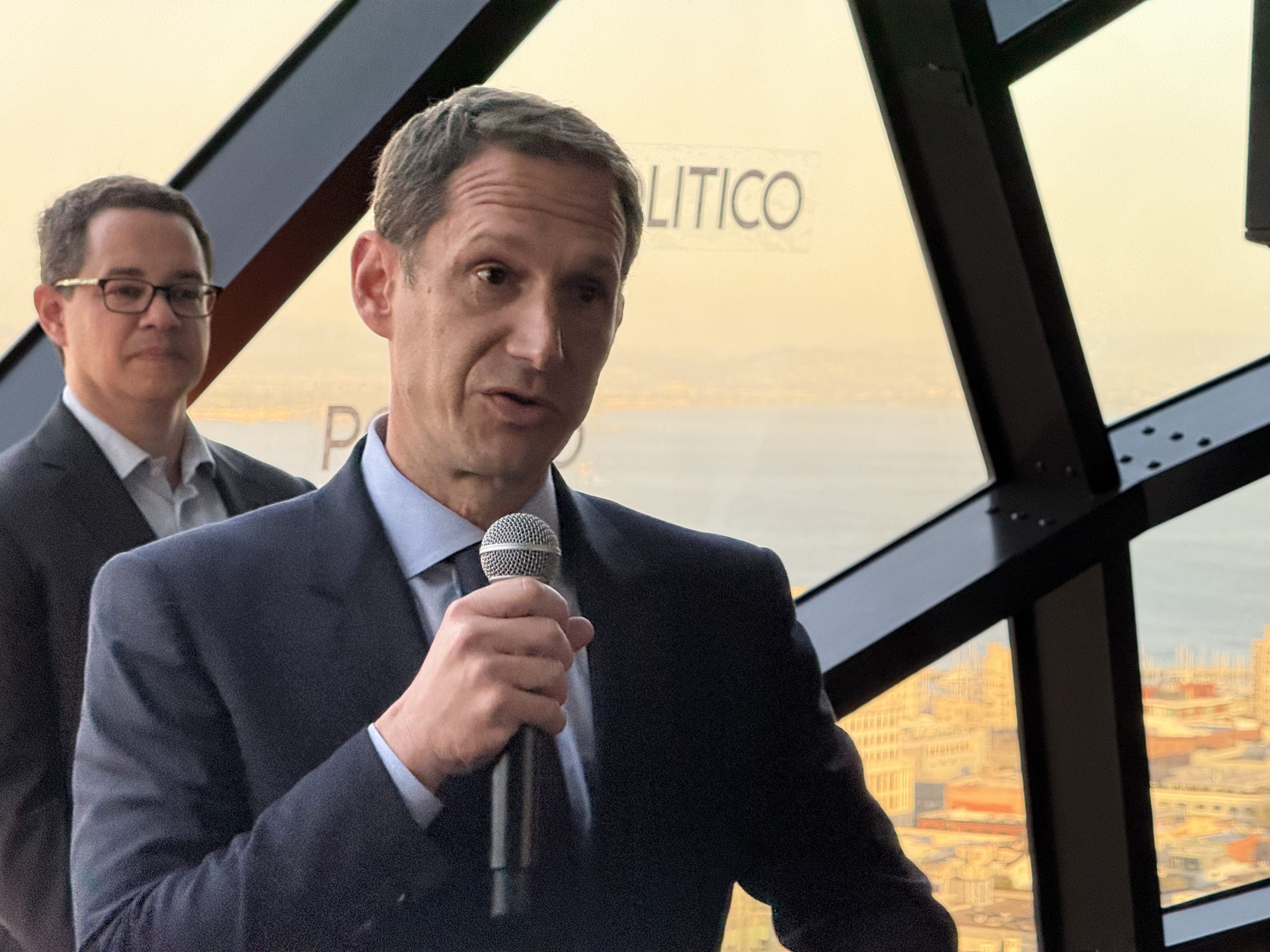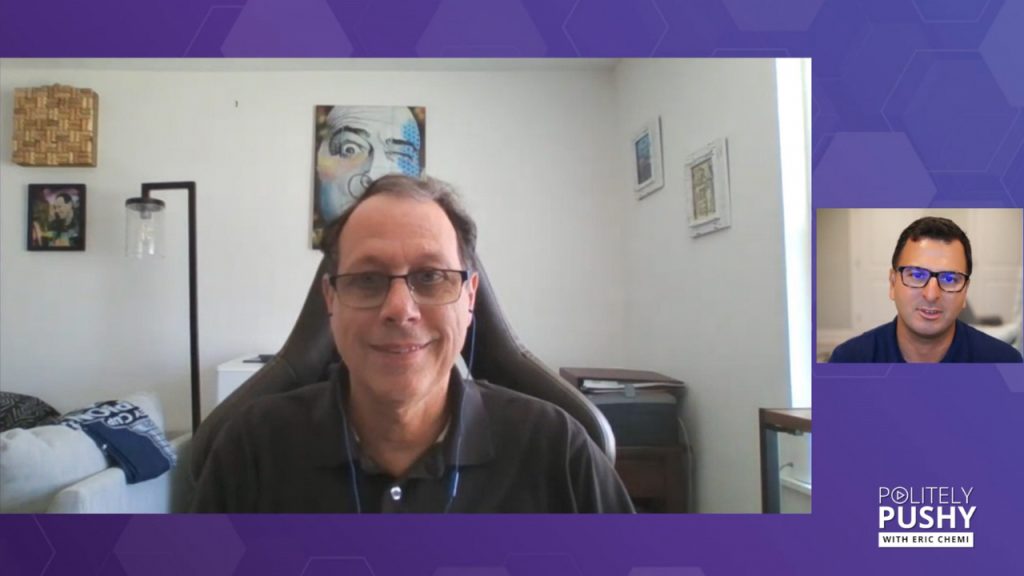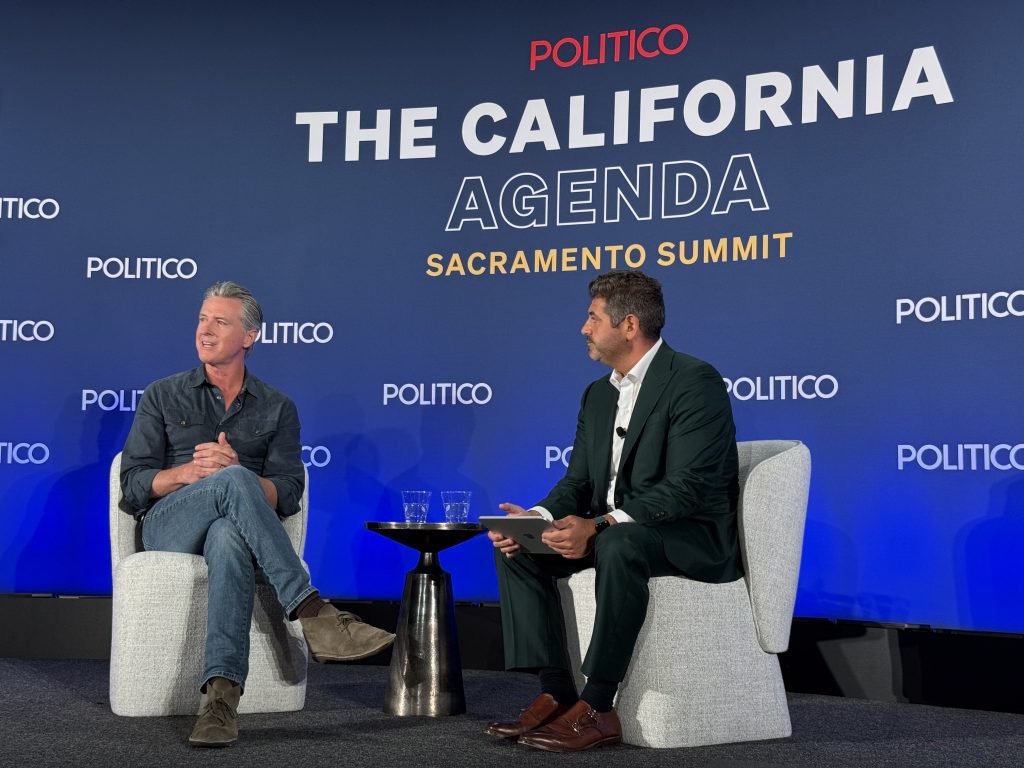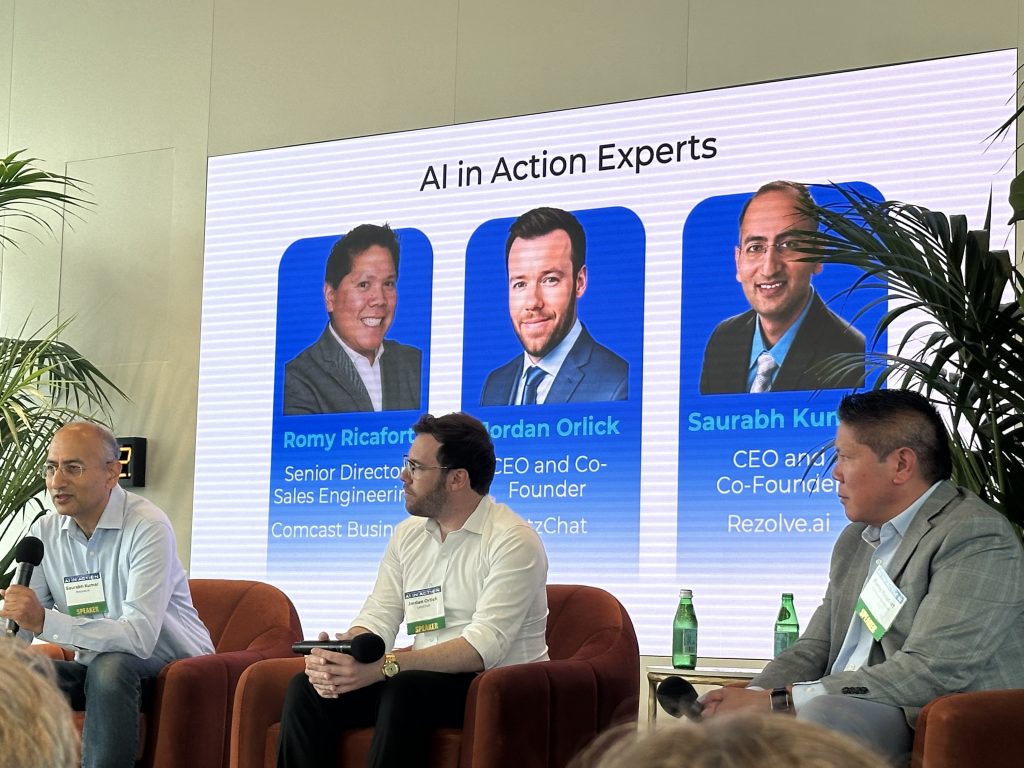And what other municipal leaders can learn from it
Most politicians struggle with social media. San Francisco Mayor Daniel Lurie doesn’t. Since taking office in January 2025, he’s used Instagram to change how city leaders connect with their communities—and it’s working.
Lurie shows up online constantly. His team posts daily videos of him out in the city: grabbing lunch, checking on infrastructure projects and celebrating local businesses. This isn’t fluff—it’s strategy. Social media shapes perception and Lurie is smart enough to control the narrative.
“For some people, this is the only way that they will engage,” Lurie told the San Francisco Chronicle in May. “We’ve got to meet them where they’re at.”
His digital team, led by Deputy Communications Director Annie Scudder Gabillet, understands this better than most government comms shops. Working alongside Sophia Robles-Mendoza and Haakon Black, they create content that feels native to the platforms because it is. They use Instagram and TikTok’s built-in fonts, trending audio and editing styles. The result? Videos that look and feel like creator content, not city hall press releases.
Lurie’s feed strikes a rare balance: it’s casual without being careless and substantive without being stiff. One day he’s sharing his favorite boba order, the next he’s breaking major city news—like the return of Dead & Company to the Bay. That blend of personal and political makes him more relatable and more trusted.
Every post works toward a goal:
– Make the mayor’s office feel accessible
– Show he’s paying attention
– Keep people informed
He’ll film himself responding to graffiti in the Tenderloin, then post about a new small business opening in the Mission. It’s a clever content mix that humanizes leadership and highlights real progress.
And here’s the thing: perception matters. Most people don’t measure a city’s health by reading quarterly reports. They judge by what they see and feel. Lurie’s strategy gives them something hopeful to see.
That steady drumbeat of progress—community events, public works, local wins—has a ripple effect. It boosts confidence, shifts the conversation and creates social proof that the city is on the upswing. When problems pop up (and they always do), Lurie’s team is quick to document his response, showing him in action, not just reacting, but leading.
That visibility builds political capital. Constituents feel connected. Support holds steady. Even the Board of Supervisors gets on board more often.
Here’s what other leaders can take away:
- Be real, not perfect: People don’t want polish—they want presence.
- Show up consistently: Trust is built through repetition.
- Use the platform as it’s meant to be used: Native content performs better, always.
- Mix the personal and the political: Let people see the human behind the title.
- Document the process: Don’t just share outcomes. Show the work.
As political consultant Jim Ross put it to The Washington Post:
“If the city’s doing great, the mayor’s doing great. If the city’s not doing great, the mayor’s not doing great.”
At a time when public trust in institutions is eroding, Lurie’s Instagram strategy offers a fresh blueprint. It’s not just good PR—it’s good leadership.
For any municipal leader looking to rebuild civic engagement, boost visibility and lead with clarity, this approach delivers. And yes, it’s 100% worth copying.




